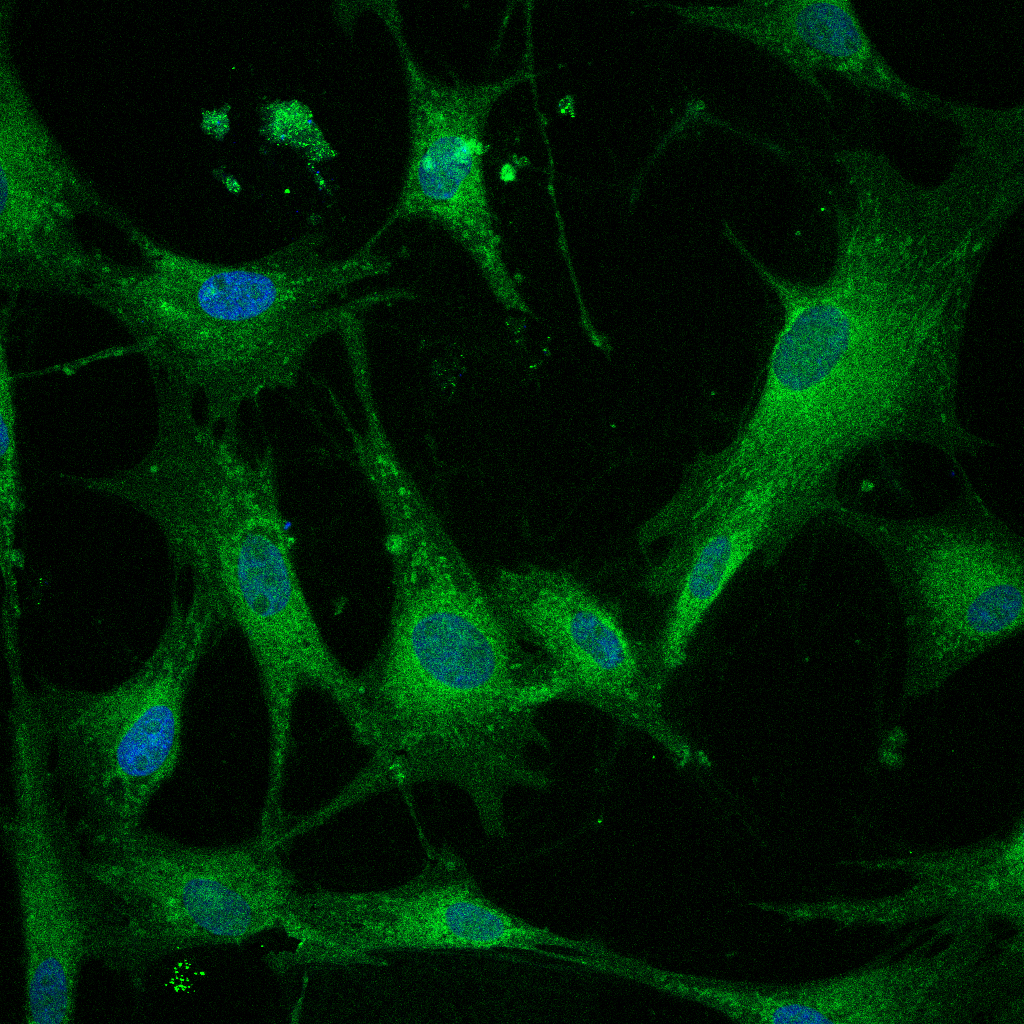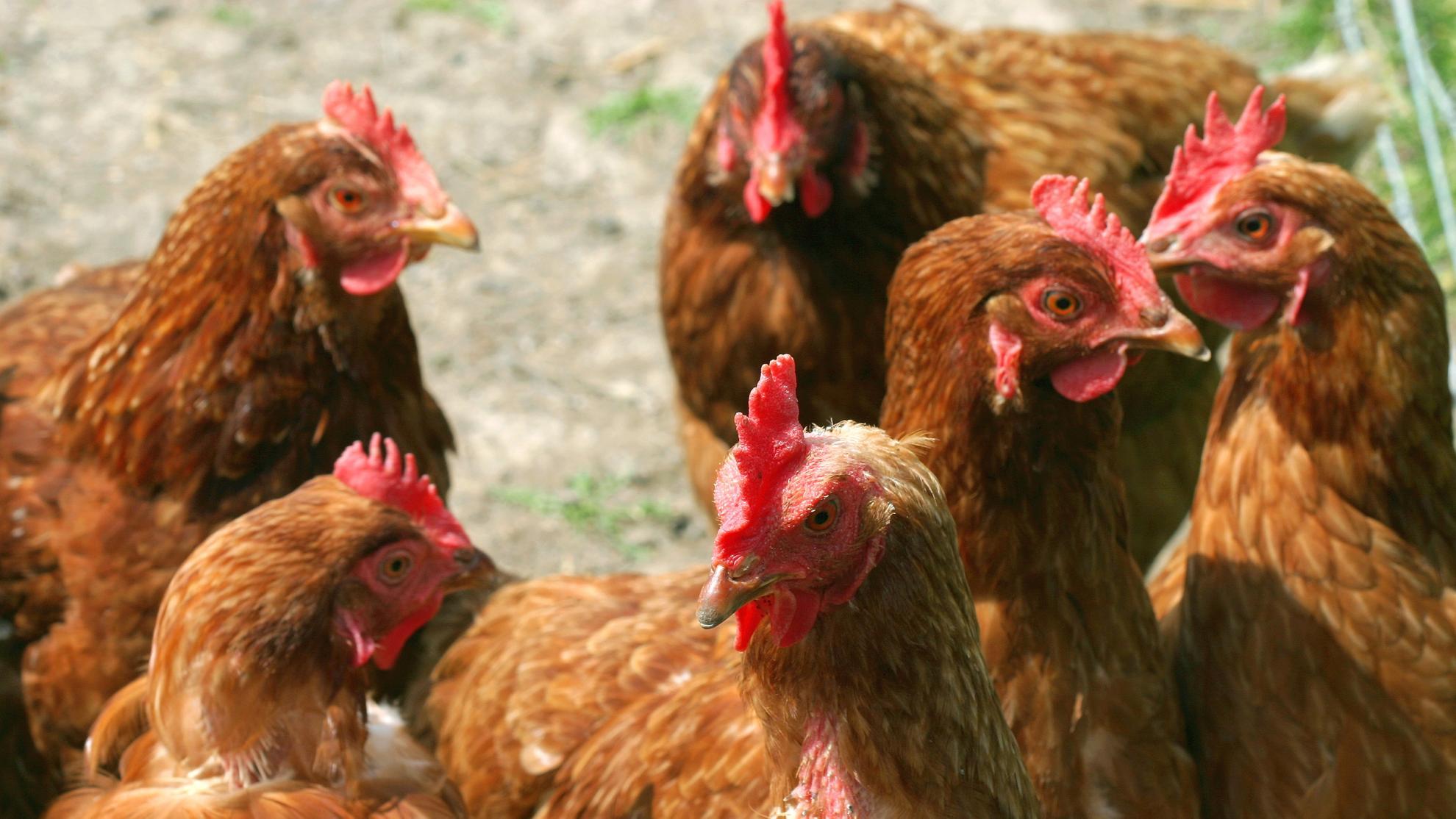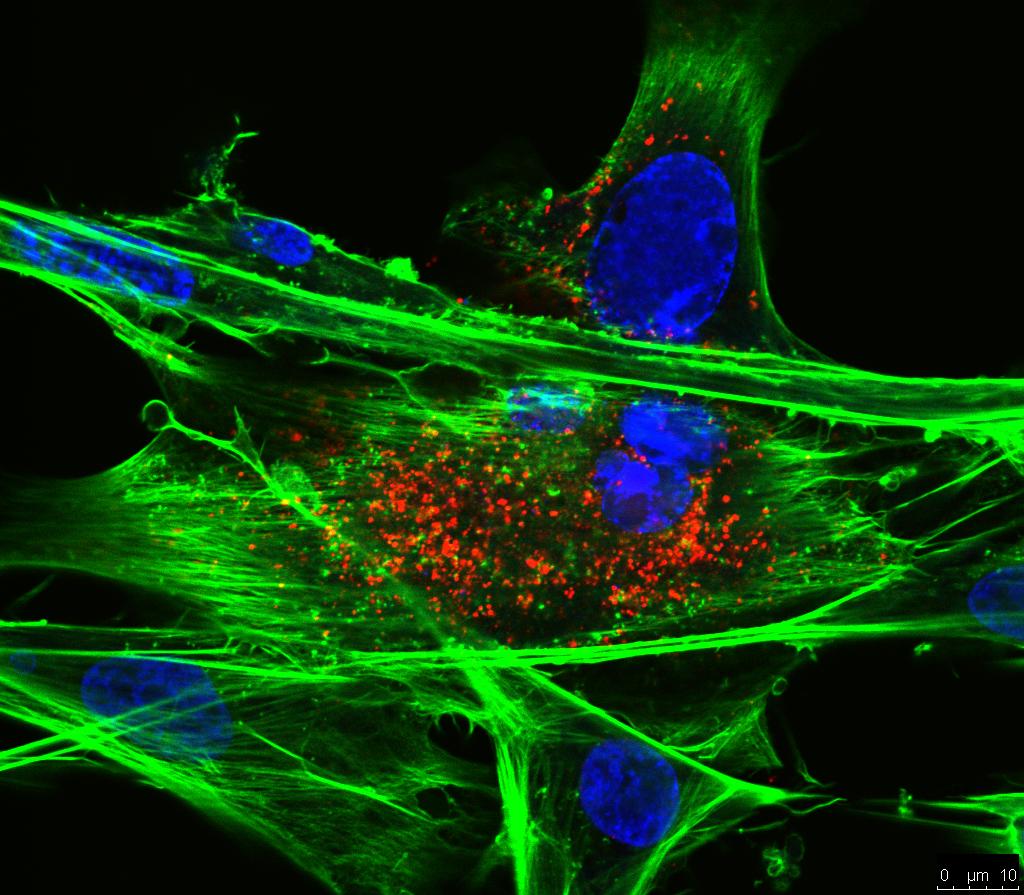Newcastle disease virus (NDV) infects both domestic and wild birds.
The virus causes Newcastle disease, a highly contagious and significant disease of poultry around the globe. The disease has a substantial impact on the global economy.
The most common routes of transmission are inhaltion (aerosols) and ingestion of contaminated food and faeces.
Currently, ND is present in six of the seven continents of the world and remains endemic in many countries in Asia, the Middle East, Africa, and Central America, as well as in several parts of South America.
Please see the Defra website for advice on how to spot and report the disease.
Clinical signs
- Oedema (swelling) of the face and abnormal thirst
- Greenish diarrhoea, marked co-infection in trachea, heart, liver and kidneys, and haemorrhages in the proventriculus
- Muscular tremors, torticollis (where the head is persistently turned to one side), opisthotonous (spasm of the muscles causing backward arching), paralysis of the legs and wings
- Mortality and morbidity can be as high as 100%
Virology
NDV is an enveloped, single stranded RNA virus within the family of Paramyxoviridae, genus Avulavirus.
There are ten serotypes of avian paramyxoviruses named APMV-1 to APMV-10; NDV is known as APMV-1.
Depending upon the disease signs and lesions in chicken, NDV can be classified into four groups/pathotypes: apathogenic (avirulent), low virulent (lentogenic), moderately virulent (mesogenic), highly virulent (velogenic).
Pirbright's research on Newcastle disease virus
Currently, vaccination against ND is performed using either the live or inactivated lentogenic/mesogenic strains of NDV.
The Pirbright Institute is investigating the molecular basis of virus virulence, and causes of vaccine failures, specifically NDV evades immunity in vaccinated birds, which compromises vaccine effectiveness. This research aims to develop more effective vaccine formulations.
Additionally, NDV vaccine strains are employed as vectors for the development of multivalent vaccines to protect against viral diseases in both birds and mammals.


